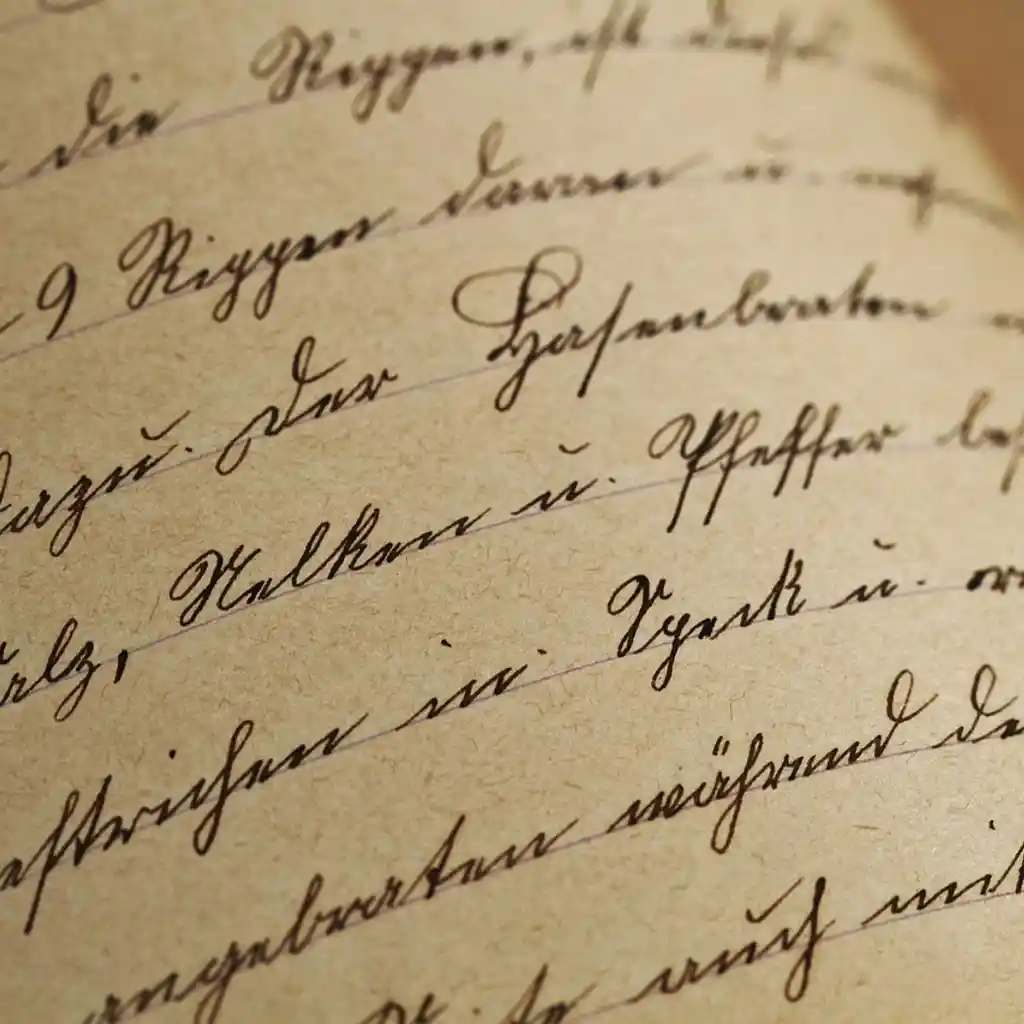The Israel Antiquities Authority (IAA) recently made an intriguing announcement regarding the discovery of four remarkably well-preserved Roman swords concealed in a cave nestled within the Judean Desert. The swords were stumbled upon by Dr. Asaf Gayer of Ariel University’s Department of the Land of Israel Studies and Archaeology, who noticed them in a remote cleft in the upper part of the cave while examining a Hebrew ink inscription believed to date back to the First Temple Period, discovered five decades ago.
Experts suggest that these swords were likely seized by Judean rebels during the Bar Kochba revolt (132 to 135 C.E) and secreted away in a narrow crevice in the rock. The Bar Kochba revolt, also known as the Second Jewish Revolt, was a rebellion against Roman rule in Judea led by the rebel leader Simon Bar Kochba.
Dr. Eitan Klein, a director of the Israel Antiquities Authority’s Judean Desert Survey, described the find as exceptionally rare, emphasizing the impeccable condition of the metal, handles, and scabbards of the swords. Three of the swords measure between 60 to 65 centimeters in length and are identified as Roman “Spatha” swords, while the fourth, measuring 45 centimeters, is a ring-pommel sword commonly used by Roman soldiers stationed in Judea.
Additionally, a pilum, a weapon resembling a javelin used for armor piercing, was also unearthed. Dr. Klein noted that the deliberate concealment of these weapons in a secluded cave near Ein Gedi suggests that they were likely taken as spoils from Roman soldiers or battlefields and hidden by Judean rebels for future use.
Notably, a Bar Kokhba bronze coin from the time of the revolt was found at the cave entrance, hinting at the period when the cave may have served as a hiding place for these weapons. However, it cannot be definitively concluded that the swords are directly linked to the Bar Kokhba Revolt.
This discovery underscores the ongoing threat of looting and the importance of preserving historical artifacts. Amir Ganor, director of the IAA Looting Prevention Unit, expressed gratitude that the artifacts were safeguarded from potential looters, emphasizing the significance of these finds for public and scholarly benefit.
The dry climate of the Judean Desert has played a crucial role in preserving these artifacts, creating a unique time capsule that includes fragments of scrolls, coins from the Jewish Revolt, leather sandals, and now, remarkably well-preserved swords in their scabbards.
The preliminary article detailing the swords can be found in the volume “New Studies in the Archaeology of the Judean Desert: Collected Papers,” which delves into recent archaeological discoveries from the Judean Desert Survey Project. A conference presenting the book is scheduled to take place in Jerusalem.





